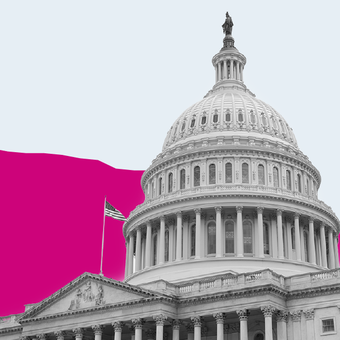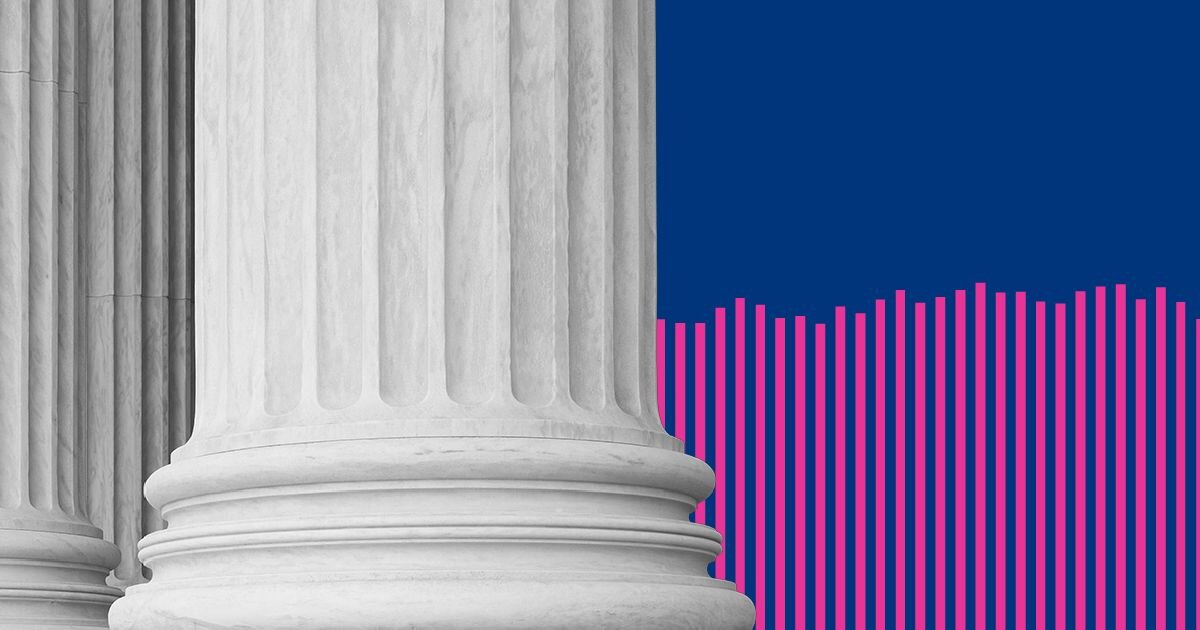The majority of the Federal Aviation Administration’s (FAA) budget comes from the Airport and Airway Trust Fund (AATF), established by the Treasury Department in 1970 to support American aviation infrastructure. It collects revenue by taxing domestic flight tickets, international arrivals and departures, air cargo, plane fuel, and travelers’ purchases in loyalty and frequent flier programs.
Passenger taxes are applied at the time of ticket purchase. Domestic passenger tickets were taxed at 7.5% in 2023. Flights between the continental US and Hawaii or Alaska added another $10.60 per passenger. These taxes contribute to the FAA’s budget.
In FY 2022, AATF excise taxes generated $11.4 billion in revenue. Just over 70% of that — 71.3% — was funded by transportation of persons. This category is made up of multiple excise taxes including domestic passenger ticket and flight segment taxes, and either an international arrival and departure tax or a tax on flights traveling outside of the continental US.
The remaining 28.7% came from taxes on the use of international air facilities, transportation of property, fuel, and more.
What does the FAA do?
The FAA’s primary mission are regulating civil aviation and US commercial space transportation and operating air traffic systems. It’s managed by the US Department of Transportation.
The FAA’s main functions are:
- Issuing and enforcing regulations: The FAA sets and enforces standards for manufacturing, operating, and maintaining aircraft.
- Certifying airmen and airports: The FAA certifies pilots, other airmen, and airports to ensure they meet necessary standards.
- Managing airspace: With over 45,000 flights traveling through US skies every day, the FAA plays a vital role in managing national airspace. The FAA supervises 520 air traffic control towers and more than 19,000 public and private airports in the US.
- Constantly monitoring: FAA technical operations are online year-round, 24/7 keeping an eye on all 29 million square miles of the US national airspace system (NAS).
- Developing safe airport systems: The FAA Airports division provides leadership and technical guidance to regional facilities to ensure a safe and efficient national airport system.
How is the FAA funded?
The FAA has three main funding sources: the AATF, the General Fund, and supplemental funding from specific Congressional acts.
Over half of the FAA’s funding usually comes from the AATF. In 2022, the AATF provided 54.8% of the FAA budget, and in 2023, it contributed 68.9%.
AATF funding supports a range of FAA activities:
- Operations
- Facilities and equipment
- Research, engineering and development
- Airport grants
The General Fund, “America’s Checkbook,” gets revenue from borrowing, taxes, and other national fees; it funds programs like Social Security, tax refunds, and supplements other Department of Treasury-managed trust funds. It’s a regular component of the FAA budget, although the amount varies. General Fund money funds airport grants.
Outside of the AATF and the General Fund, the FAA is funded by supplemental or temporary budgets established by acts of Congress, like the CARES Act of 2020, and the Infrastructure Investment and Jobs Act of 2021.
What happens if AATF expires?
Periodically, the AATF budget and tax structure need to be reauthorized. If the AATF expired without a temporary extension put in place by Congress, the FAA would no longer have access to AATF funding.
Along with reviewing AATF taxes and spending, Congress deals with aviation-related considerations like FAA management, air traffic control modernization, new technologies for the NAS, and initiatives such as reducing emissions. All of the above are addressed in the re-authorization acts.
The FAA Reauthorization Act of 2018 — the first reauthorization since 1982 — ensured funds through September 30, 2023. In September and December 2023, Congress approved temporary funding extensions with the Airport and Airway Extension Act of 2023 Part I and Part II. The extensions allow Congress additional time to align on a new funding plan. The duration of the next reauthorizations will depend on the terms of the reauthorization acts.
Is the FAA funded during a government shutdown?
During a government shutdown, select FAA operations essential to maintaining safety continues despite the lapse in funding. These include:
- Air traffic control services, including control tower operation and managing facilities that guide aircraft through various phases of flight
- Safety inspections and accident investigations, including hazardous materials safety inspections, on-call accident investigations, and flight standards field inspections
- Operational systems support, including waivers and exemptions for unmanned aircraft systems, and airman medical certifications
FAA services that stop during a government shutdown include:
- Routine personnel actions, including hiring and training
- Grant programs to fund airport infrastructure projects
- Legislation related to aviation
- Law enforcement assistance support
- Research, engineering, development, and data analysis programs
- Financial operations and budgeting, except for the essential operations
What is the FAA budget?
In 2022, the FAA's actual FY budget was $23.6 billion, and the AATF funded $12.9 billion, or 54.7% of it.
The 2023 enacted budget is $24 billion and the AATF funds $16.5 billion of it. The AATF is projected to contribute an average of 19.5 billion dollars per year to the FAA from 2023 to 2033.
Learn more about whether flying is safer than driving and get data directly in your inbox by signing up for our newsletter.
Related population articles
Read data analyses written by the USAFacts team.
Page sources and methodology
All of the data on the page was sourced directly from government agencies. The analysis and final review was performed by USAFacts.
Federal Aviation Administration
Airport and Airway Trust Fund (AATF) Fact Sheet



